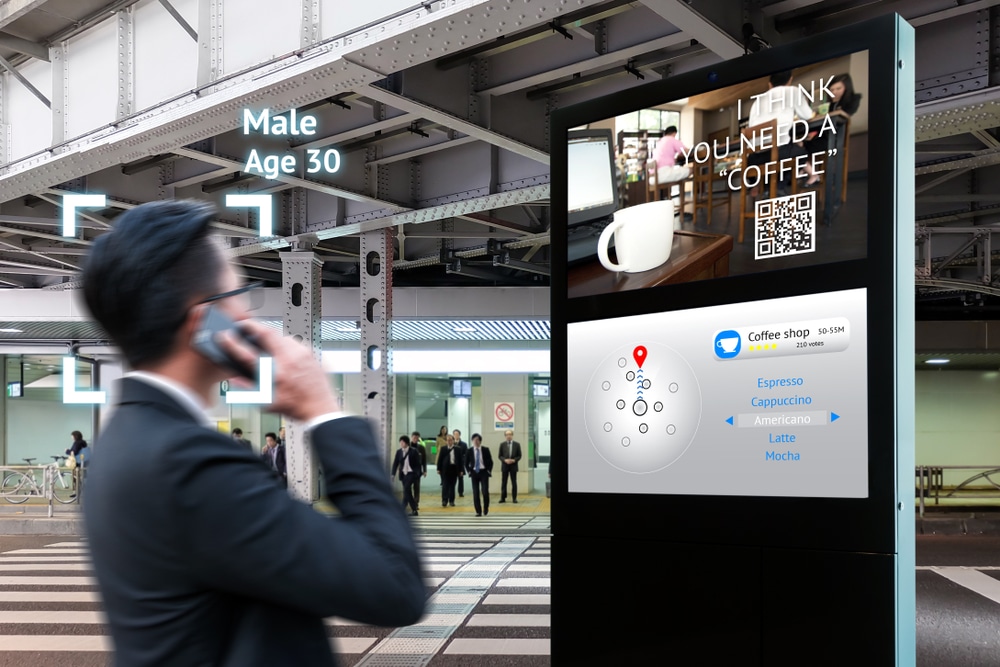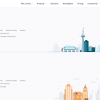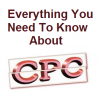Your PPC ads are leaking money—and you don’t even realize it.
Every misplaced product title, missing attribute, and weak keyword choice is burning your ad spend. AI isn’t a luxury anymore—it’s a necessity. Discover six AI-driven feed optimization strategies that automate tedious tasks, boost accuracy, and unlock your campaign’s full potential. The marketers who embrace AI today will dominate tomorrow’s PPC landscape.
As eCommerce continues to expand, the ability to manage and optimize product feeds efficiently has become more important than ever. The complexity of online advertising means that even minor errors in feed management can result in lost visibility, increased costs, and lower conversion rates.
This is where AI steps in, revolutionizing product feed management by offering the ability to:
- Streamline processes
- Automate time-consuming tasks
- Enhance campaign efficiency
- Improve the accuracy of feed data
- Unlock new opportunities for campaign testing and iteration
In this article, we’ll examine the most effective ways to leverage AI for feed optimization, from specialized tools to all-in-one solutions like DataFeedWatch by Cart.com.
Advantages of AI in Product Feed Optimization
Before diving into specific AI tools, it’s essential to understand the core benefits AI brings to product feed strategies:
- Time Efficiency: Automating data-heavy, repetitive tasks allows more focus on strategy and analysis.
- Elimination of Tedious Tasks: AI can handle manual processes like filling in missing product details or reformatting product titles.
- Enhanced Accuracy: AI-driven algorithms analyze data with precision, minimizing errors and ensuring uniformity across feeds.
- Scalability: AI solutions help businesses efficiently manage large product catalogs without overwhelming manual input.
- Competitive Edge: Early adopters of AI-driven feed optimization gain an advantage in campaign performance and cost-efficiency.
With these benefits in mind, let’s explore how AI can elevate your feed optimization strategy.
6 AI-Driven Methods for Product Feed Optimization
If you’re considering AI for feed management, these six strategies can help streamline the process:
1. ChatGPT for Content Generation
ChatGPT has rapidly become a versatile tool in PPC campaigns. By providing essential details such as product names, features, and target demographics, marketers can use ChatGPT to create engaging and SEO-friendly content tailored for platforms like Google Shopping and Amazon.
Applications:
- Localizing Product Feeds: Translate product feeds into different languages while ensuring accuracy with manual review.
- Optimizing Product Titles: Generate category-specific product titles that improve visibility.
- Creating Ideas for Responsive Display Ads: Get recommendations for images, headlines, and descriptions.
- Keyword Brainstorming: Identify relevant search terms to optimize ad targeting.
- A/B Testing Strategies: Receive AI-driven insights into testable campaign variations.
Pro Tip: Always refine AI-generated ad copy to align with your brand voice and campaign strategy.
2. GPT for Sheets
GPT for Sheets integrates AI within Google Sheets to enhance productivity and data management. Utilizing OpenAI’s language models, it automates tasks such as:
- Generating text
- Analyzing data
- Translating content
- Drafting summaries
Feed Optimization Uses:
- Rewriting Product Titles
- Creating New Descriptions
- Generating Keywords
- Correcting Data Inconsistencies
- Bulk Modifying Product Attributes
3. AI-Driven Keyword Research
Choosing the right keywords ensures that ads reach the right audience at the right moment. AI-powered tools such as Ahrefs, Semrush, and AnswerThePublic help marketers identify high-performing keywords and long-tail variations.
Notable Features:
- Ahrefs: Provides keyword suggestions, search intent analysis, and content optimization.
- Semrush: Features an AI-powered keyword strategy builder and the Keyword Magic Tool.
- AnswerThePublic: Offers insights into search queries for SEO and content creation.
- Google Keyword Planner: Uses AI to analyze search trends and suggest relevant keywords for PPC campaigns.
4. Google Product Studio
Google Product Studio is a free AI-enhanced tool designed to generate high-quality product images and videos effortlessly.
Key Functions:
- Scene Generation: AI-powered product imagery generation for engaging ad creatives.
- Image Resolution Enhancement: Improves image quality automatically.
- Background Editing: Allows seamless removal or modification of backgrounds.
- Product Video Creation: Generates promotional videos for product listings and ads, with capabilities similar to other advanced text to video ai tools that help turn written content into visual assets.
5. AI-Powered Google Ads Scripts
Google Ads scripts leverage AI to automate and optimize advertising campaigns by managing tasks such as:
- Adjusting bids
- Managing keywords
- Pausing low-performing ads
- Generating performance reports
- Identifying market trends
Tools like FeedGen, powered by Google Cloud’s Large Language Models, optimize product feed structures to meet platform-specific requirements.
Additionally, AI-driven scripts enable real-time monitoring and automated adjustments to campaigns, ensuring maximum return on ad spend.
6. AI-Powered Ad Copy Tools
Platforms such as Jasper and Copy.ai provide AI-generated text for ad campaigns, producing compelling product descriptions and attention-grabbing headlines within seconds.
AI-Powered Feed Optimization with DataFeedWatch by Cart.com
DataFeedWatch by Cart.com introduces a native AI-powered feed optimization tool, eliminating the need for multiple applications. Designed to automate feed optimization, this platform streamlines workflow and enhances business growth.
Features:
- AI-Generated Titles and Descriptions: Enhances ad performance with optimized product data.
- A/B Testing: Compares AI-generated content against existing copy for improved results.
- Filling in Missing Attributes: Automatically detects and assigns missing color and size attributes.
- Automated Google Product Categorization: Ensures correct product classification for better ad targeting.
Bonus Tip: Google’s AI Essentials Checklist for Ads
Google offers an AI-powered advertising checklist to improve campaign effectiveness. Key recommendations include:
- Using Google Tag: Enables precise conversion tracking.
- Setting Up Enhanced Conversions: Utilizes first-party data for more accurate measurements.
- Goal-Based Smart Bidding: Aligns bidding strategies with revenue objectives.
- Leveraging Customer Match: Uses customer data for targeted ads across Google platforms.
- Applying AI-Powered Creative Tools: Helps generate high-quality creative assets at scale.
- Running Performance Max & Demand Gen Campaigns: AI-driven campaigns optimize ad delivery across multiple channels.
Best Practices for AI-Driven Feed Optimization
AI is a valuable tool, but human oversight remains essential. Here’s how to maximize AI’s effectiveness:
- Pair AI with Human Expertise: AI streamlines tasks, but human insight ensures brand alignment.
- Continuously Test and Refine: A/B testing helps improve campaign performance and AI outputs.
- Maintain Oversight: Customize AI-generated content to fit specific campaign needs.
- Stay Updated: AI technology evolves rapidly—keeping up with new features and best practices ensures continued success.
The Role of AI in the Future of PPC
AI is no longer a buzzword—it is an essential tool for staying competitive in the ever-evolving PPC landscape. Leveraging tools like ChatGPT, Google Product Studio, and DataFeedWatch by Cart.com, digital marketers can refine their strategies, enhance efficiency, and drive stronger results.
Embracing AI in feed optimization today will ensure businesses remain agile and ahead of the curve in tomorrow’s digital advertising landscape.











